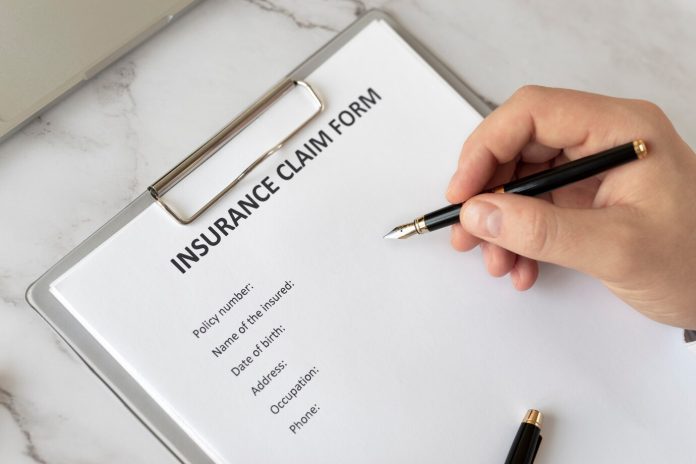Claiming your bike insurance should be a smooth process, but missing key steps can complicate things. Whether you have a third-party policy or a comprehensive bike insurance plan, knowing the right steps can help you get your claim approved without unnecessary delays.
Here’s everything you need to know to ensure a hassle-free claim process.
7 Things to be Mindful of When Claiming Bike Insurance
Filing a bike insurance claim can be overwhelming, especially if you’re unsure about the process. To ensure a hassle-free experience, it’s crucial to understand your policy coverage, report incidents on time, and follow the right procedures.
From gathering the necessary documents to avoiding unauthorised repairs, this guide covers everything you need to know to maximise your chances of a successful claim.
1. Understand Your Policy Coverage
Before filing a claim, it’s essential to understand what your policy covers. Bike insurance comes in two main types:
● Third-party Bike Insurance
Covers damages to third-party vehicles, property, or injuries caused to another person.
● Comprehensive Bike Insurance
Offers coverage for third-party liabilities and own damage, including theft, accidents, and natural disasters.
If you have a comprehensive bike insurance policy, check if you have any add-ons like:
● Zero Depreciation Cover
Provides coverage for the full cost of replaced parts without considering depreciation.
● Roadside Assistance
Helps in case of breakdowns or emergencies.
● Engine Protection Cover
Covers engine damage due to oil leakage or water ingression.
Knowing what’s included in your policy ensures you file claims for covered incidents only.
2. Report the Incident on Time
Timing is important when making an insurance claim. Most insurers require you to report the incident within 48 to 72 hours of the event. Delay in reporting may lead to claim complications.
Steps to report the incident:
- Call your insurance company’s customer care or use their mobile app.
- Provide essential details like policy number, date, time, and incident location.
- Request a claim reference number for future tracking.
Prompt reporting helps the insurer process your claim efficiently.
3. Gather Proper Documentation
For a successful claim, having the right documents is non-negotiable. Here’s what you need:
| Document | Purpose |
| Insurance Policy Copy | Proof of coverage |
| Driving Licence | Confirms eligibility to drive |
| Registration Certificate (RC) | Validates vehicle ownership |
| FIR Copy (if required) | Supports accident/theft claims |
| Repair Estimate | Provides damage cost assessment |
| Claim Form | Formal request for claim approval |
Keeping these documents handy can speed up the claim process.
4. File an FIR if Necessary
For serious incidents, such as theft or major accidents, filing an FIR (First Information Report) at the nearest police station is mandatory.
When do you need an FIR?
- If your bike is stolen.
- If your bike is involved in an accident causing injuries or third-party damage.
- If the damage is due to vandalism, riots, or fire.
- The FIR serves as legal proof and strengthens your claim request.
5. Avoid Unauthorised Repairs
Many policyholders rush to repair their bikes before the insurance company inspects them. However, this can lead to claim rejection.
What to do instead?
- Wait for the insurance company’s surveyor to inspect the damages.
- If you have a cashless policy, get repairs done only at a network garage.
- If you opt for reimbursement, ensure you collect all invoices and receipts from the repair shop.
- Network garages offer cashless claim settlements, meaning you don’t have to pay out of pocket.
6. Ensure No Policy Lapse
A lapsed policy means no coverage for your bike, making claims invalid. To avoid this:
- Renew your bike insurance before the expiry date. This ensures continuous coverage and prevents financial loss in case of accidents or unforeseen incidents.
- Set reminders for renewal to avoid missing deadlines. Scheduling alerts help you renew on time, avoiding policy lapse and potential claim rejection during emergencies.
- Opt for long-term two-wheeler insurance to minimise renewal hassles. Multi-year policies save time, offer discounts, and eliminate the risk of forgetting annual renewals, ensuring uninterrupted protection.
7. Check the Claim Settlement Ratio of the Insurer
Not all insurance companies process claims efficiently. A high Claim Settlement Ratio (CSR) means the insurer has a good track record of approving claims.
How to check CSR?
- Visit the insurer’s official website.
- Look at IRDAI (Insurance Regulatory and Development Authority of India) reports.
- Read customer reviews and experiences.
Choosing an insurer with a high CSR increases your chances of getting claims approved quickly.
Filing a bike insurance claim isn’t stressful if you follow the right steps. Understand your policy, report incidents promptly, provide accurate details, and use network garages for repairs. Whether you have comprehensive bike insurance or third-party coverage, keeping these things in mind will ensure a smooth claim approval process. Always be proactive, stay informed, and enjoy a worry-free riding experience!








